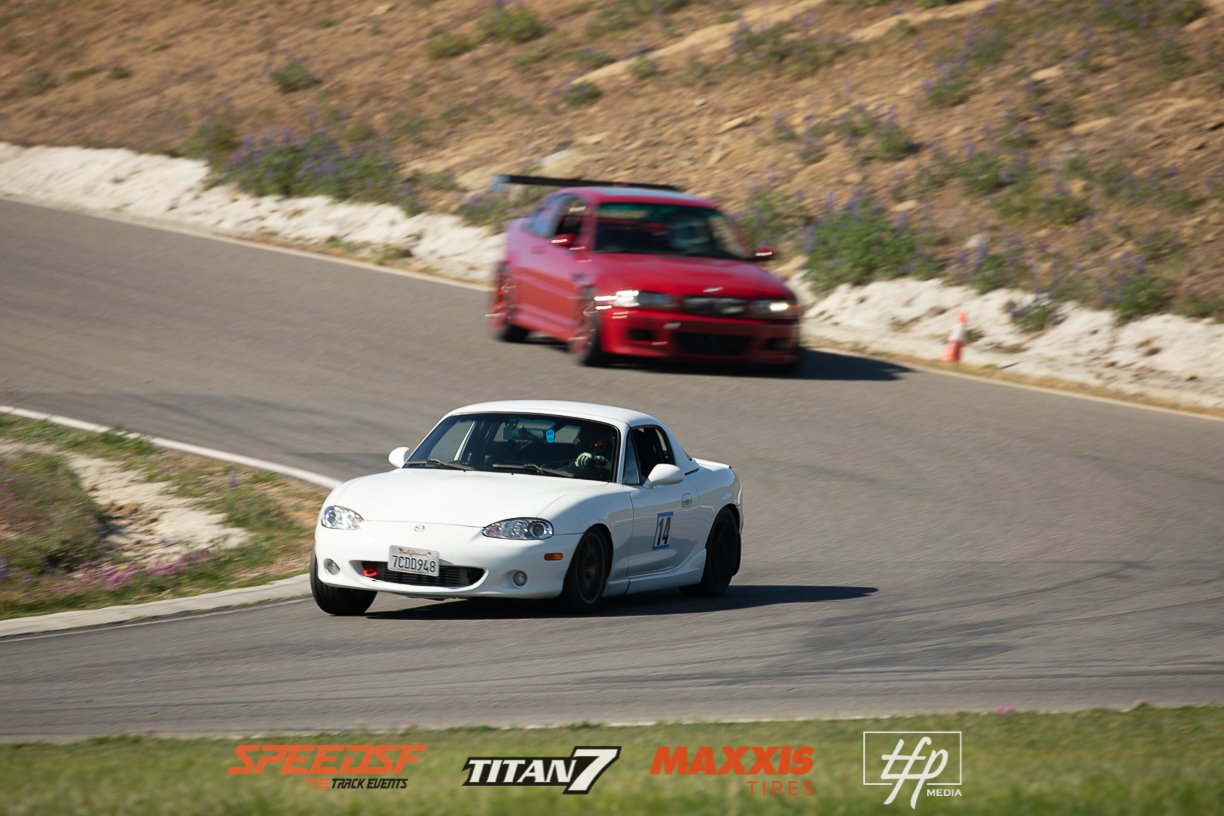
SpeedSF Blog
Every Build Has a Story – Meet the Cars of SpeedSF

Fan’s NC Miata: Truncating Ten Years
Proper planning and dedication to simulator racing helped Fan learn the skills needed to run fast laps in roughly a third of the time it takes people without a well-researched plan. Now, he laps Laguna Seca in this mildly modified MX-5 in the 1:45-range.

Tom’s Miata: Frankenstein Fun
After getting tired of turbo problems with his Mini, Tom bought a cost-effective NC Miata to earn his spurs. After the stock motor blew, he decided to swap a Fusion 2.5-liter four to give the NC’s fantastic chassis some much-needed mid-range torque.

Sam's Semi-OE Turbo Miata: Taking Advantage of Pre-COVID Pricing
After growing tired of his tuned Abarth, Sam scoped out a lighter, rawer, and more involving car. However, he’d grown accustomed to turbo power, so whatever he ended up buying couldn’t be anemic. Fortunately, his friend was looking to sell an NB with the whole Mazdaspeed powertrain already swapped.
